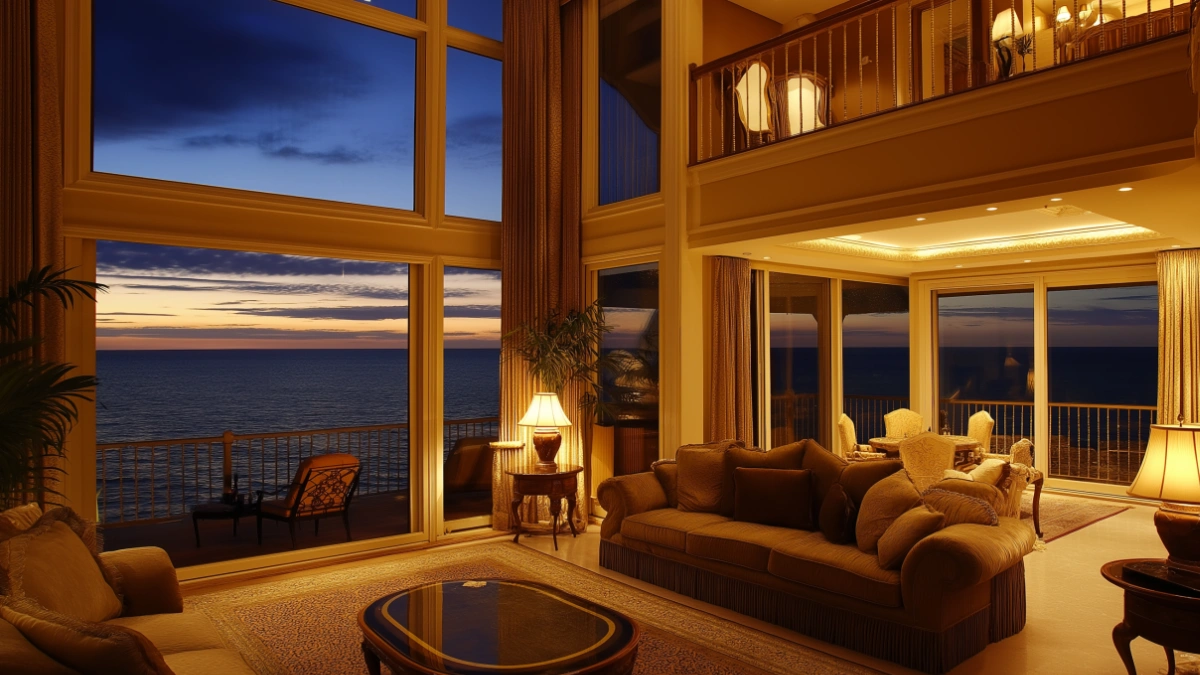Burj Al Arab Dubai: Exploring the Iconic Sail-Shaped Landmark of the UAE
Table of Contents
Few buildings in the world capture attention like the Burj Al Arab in Dubai. Towering at 321 meters on its own man-made island, this sail-shaped architectural marvel is more than just a hotel—it’s a global symbol of opulence, vision, and Dubai’s relentless pursuit of the extraordinary. Since its grand opening in 1999, the Burj Al Arab has held court as one of the most iconic and luxurious hotels in the world, frequently ranked among the top landmarks in the UAE.
Why does the Burj Al Arab command such global fascination? Because it represents Dubai’s transformation—from a desert trading post to an urban marvel. Beyond its silhouette lies a world of extravagance: a 7-star service philosophy, gold-adorned suites, a fleet of Rolls-Royce cars, and restaurants suspended in the sky.
In this in-depth guide, we’ll explore the Burj Al Arab’s design, history, luxurious interiors, and what makes it such a standout in city explorations. You’ll discover insider details, visual inspiration, and practical tips for experiencing or simply admiring this architectural masterpiece—whether from afar or during a once-in-a-lifetime stay.
The Design and Architecture Behind the Sail
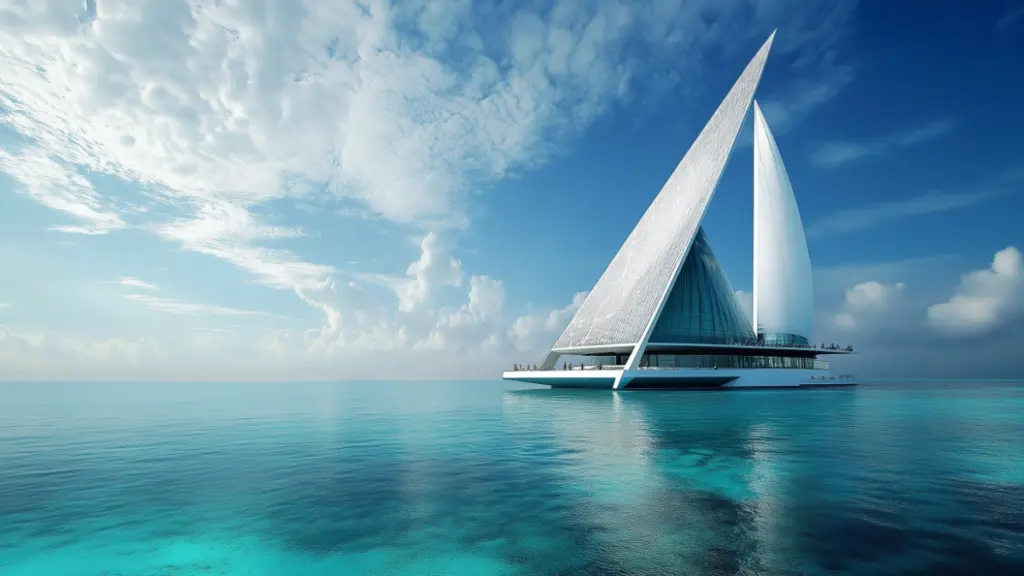
The vision for the Burj Al Arab came from architect Tom Wright, who sought to create a structure that would become as instantly recognizable as the Eiffel Tower in Paris or the Opera House in Sydney. The concept? A sail, billowing in the wind—evoking Dubai’s maritime heritage while signaling modernity and elegance.
Constructed on an artificial island 280 meters from the shore, the engineering feat behind the Burj Al Arab is as impressive as its aesthetic. The structure is stabilized by 250 concrete piles driven deep into the sand, with a foundation capable of withstanding both seismic and marine activity. The exterior consists of two “wings” that form the sail, enclosing a massive atrium that soars 180 meters high—the tallest of its kind at the time.
Table – Architectural Highlights of the Burj Al Arab
| Feature | Description |
|---|---|
| Height | 321 meters (1,053 feet) |
| Shape | Inspired by the sail of a dhow (traditional Arabian vessel) |
| Atrium | 180 meters tall, with gold columns and a floating staircase |
| Foundation | Built on a man-made island, connected by a private bridge |
Interior Luxury That Redefnes Hospitality
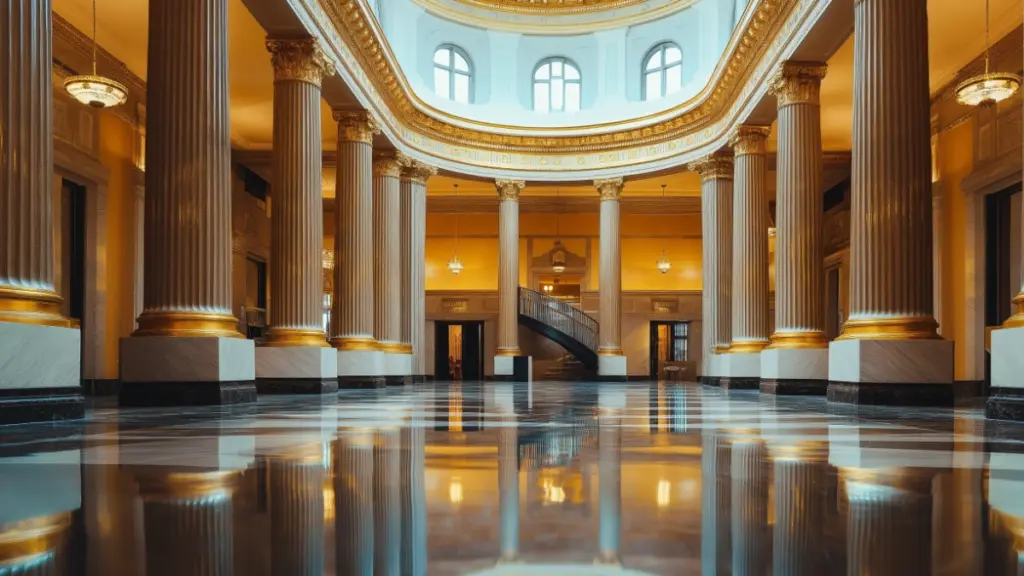
The interior of the Burj Al Arab is nothing short of theatrical. Entering the atrium, visitors are greeted by towering gold-leaf columns, multicolored fountains, and the vibrant interplay of light and space. The design was intended to awe—merging Arabian opulence with futuristic flair.
All accommodations in the Burj Al Arab are suites. The smallest suite spans 170 square meters, while the Royal Suite exceeds 780 square meters. Each features two floors connected by a private staircase, personal butler service, Hermès amenities, and panoramic views of the Arabian Gulf.
The hotel also features a fleet of luxury Rolls-Royce vehicles for guest transport and a helipad on the 28th floor, which has famously hosted tennis matches and stunts by celebrities.
Table – Signature Features of the Burj Al Arab Interiors
| Element | Description |
|---|---|
| Duplex Suites | Two-level accommodations with panoramic views |
| Royal Suite | Private cinema, gold accents, and rotating canopy bed |
| Personalized Butler | 24/7 service tailored to every guest |
| Luxury Transport | Rolls-Royce fleet + private helipad |
Dining Among the Clouds and the Sea
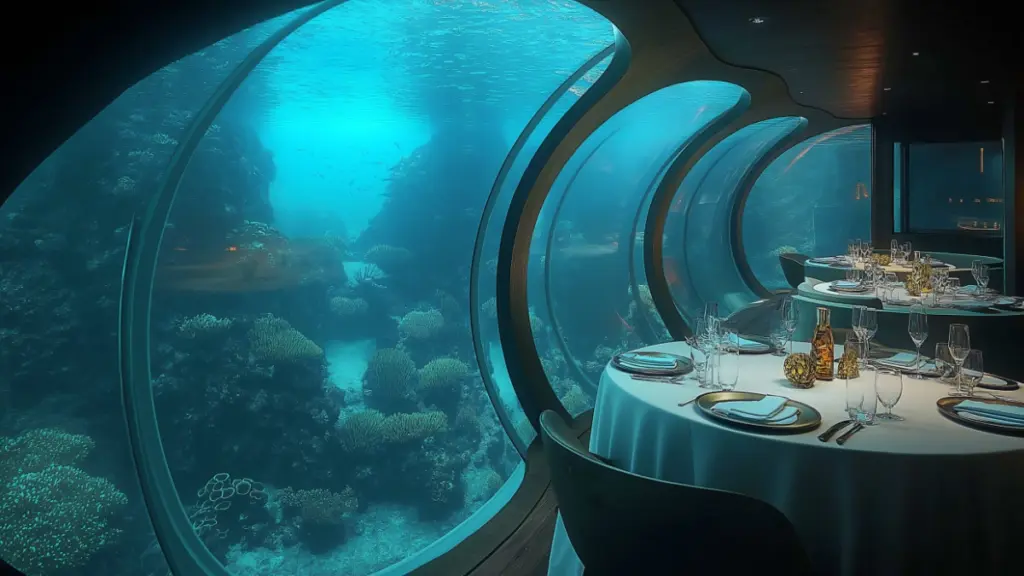
Dining at the Burj Al Arab is an experience in itself. The hotel boasts nine signature restaurants and bars, each with its own visual identity and culinary specialty. From underwater dinners to sky-high afternoon teas, every venue is designed to offer more than just a meal—it’s a sensory event.
Al Muntaha, located on the 27th floor, serves contemporary European cuisine with panoramic views of Dubai’s coastline. Al Mahara, on the other hand, takes guests beneath the sea—its circular aquarium wall surrounds diners with floating marine life. Even afternoon tea at the Skyview Bar becomes an event, with sweeping views and gold-infused treats.
Table – Iconic Dining Experiences at the Burj Al Arab
| Restaurant | Experience Highlight | Specialty Cuisine |
|---|---|---|
| Al Muntaha | Suspended 200m above sea level | European fine dining |
| Al Mahara | Underwater aquarium ambiance | Seafood-focused menu |
| Skyview Bar | Panoramic city and sea views | Afternoon tea + mixology |
| Sahn Eddar | Lavish lobby lounge with live music | International + Arabic fusion |
The Burj Al Arab as a Cultural and Global Symbol
The Burj Al Arab is more than a hotel—it’s a symbol of Dubai’s identity. It reflects the city’s bold vision to become a global hub for tourism, design, and innovation. Since its debut, the Burj has hosted dignitaries, royalty, world-renowned athletes, and influencers, becoming a global backdrop for events, advertising, and iconic moments.
From Roger Federer and Andre Agassi playing tennis on the helipad to David Guetta’s live-streamed concert, the Burj Al Arab consistently reinvents itself as a stage for global culture. It’s featured in numerous films and travel shows, helping position Dubai as a must-see destination for city explorers.
Table – Iconic Global Moments at the Burj Al Arab
| Year | Event Description |
|---|---|
| 2005 | Federer vs. Agassi tennis match on helipad |
| 2013 | David Coulthard performs F1 donut stunts on helipad |
| 2021 | David Guetta live-streamed concert “United at Home” |
| Ongoing | Frequent film location for Hollywood & fashion shoots |
Staying at the Burj Al Arab – What to Expect
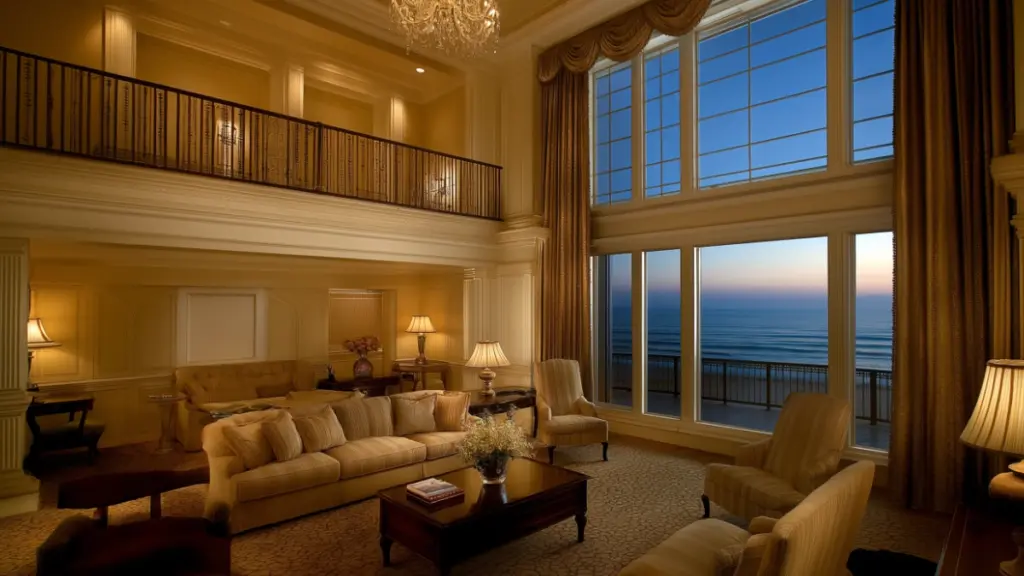
A stay at the Burj Al Arab is often described as once-in-a-lifetime—and for good reason. From the moment you’re picked up in a Rolls-Royce or arrive by helicopter, the guest experience is choreographed for indulgence. The check-in process happens inside your suite. Champagne and personalized welcome gifts await. And your private butler stands ready to arrange anything from a rose petal bath to a personal shopping tour.
The all-suite hotel offers several room categories, each split over two floors and designed with rich textiles, opulent furnishings, and advanced technology. Floor-to-ceiling windows provide panoramic views of the Arabian Gulf, while remote-controlled drapes and entertainment systems enhance privacy and comfort.
The Talise Spa, located near the top of the hotel, offers separate men’s and women’s facilities with infinity pools looking out across the sea. Guests can enjoy customized treatments, yoga sessions, and state-of-the-art fitness facilities.
Table – Highlights of a Luxury Stay at the Burj Al Arab
| Feature | Guest Benefit |
|---|---|
| Private Check-in | Done inside your suite for seamless arrival |
| Two-Story Suites | Full separation of sleeping and living spaces |
| Talise Spa Access | Treatments, infinity pools, and wellness programs |
| Dining Privileges | Reserved seating at award-winning restaurants |
While it comes with a premium price tag, the Burj Al Arab delivers on every expectation of elegance, privacy, and grandeur.
How to Experience the Burj Al Arab Without Staying
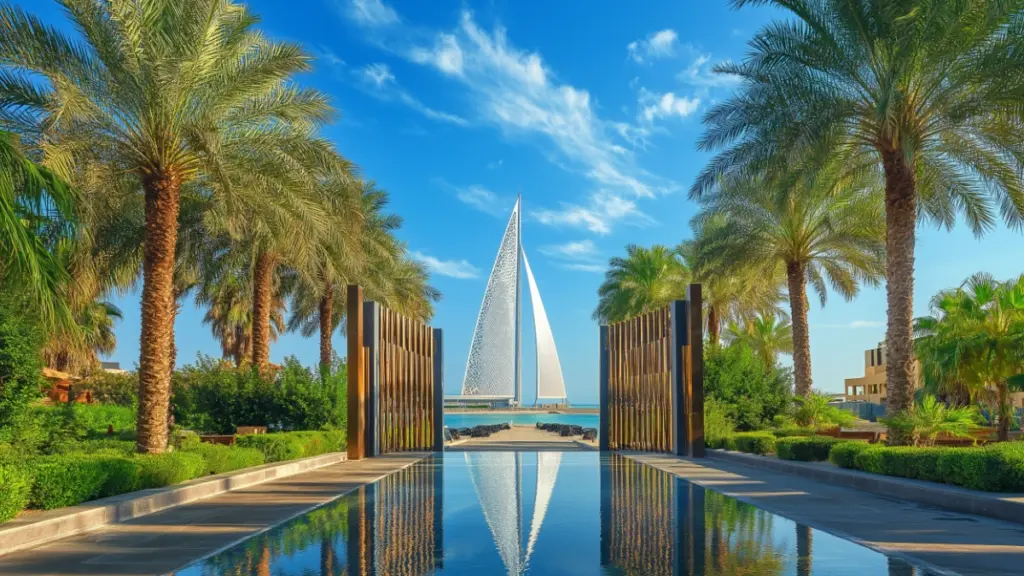
Not everyone has the budget for an overnight stay at the Burj Al Arab—but that doesn’t mean you can’t experience its magic. The hotel offers several curated experiences for non-guests, including dining, guided tours, and spa access.
The “Inside Burj Al Arab” tour, launched recently, allows visitors to explore previously restricted areas of the hotel, including the Royal Suite and historical exhibitions about its construction and legacy. The tour also includes multimedia displays, architectural models, and access to a panoramic viewing deck.
Dining remains the most popular way to explore the interior. Reservations for afternoon tea or a meal at one of the signature restaurants grant access to the bridge entrance and the stunning lobby atrium.
Table – Access Options Without Staying Overnight
| Experience | Booking Requirement | Highlights |
|---|---|---|
| Inside Burj Al Arab Tour | Advance booking required | Guided architectural and cultural insights |
| Afternoon Tea | Reserve at Skyview Bar | Panoramic views + curated menu |
| Spa Day Pass | Book at Talise Spa | Infinity pool, steam room, luxury showers |
| Restaurant Dining | Book at any restaurant | Access to atrium and private island views |
Even a brief visit to the Burj offers a taste of its grandeur—and a glimpse into the spirit of modern Dubai.
Conclusion
The Burj Al Arab is not merely a hotel—it’s an icon. It stands as a monument to human ambition, creativity, and elegance, merging modern engineering with ancient maritime symbolism. Whether you admire it from the shore, dine within its glass walls, or indulge in its world-class hospitality, the Burj remains an unforgettable part of Dubai’s cityscape.
In every detail, the Burj Al Arab tells a story—of luxury without limits, design with purpose, and a city that dared to dream in the desert. For any city explorer, it’s a landmark that commands not just a visit, but a lasting impression.

